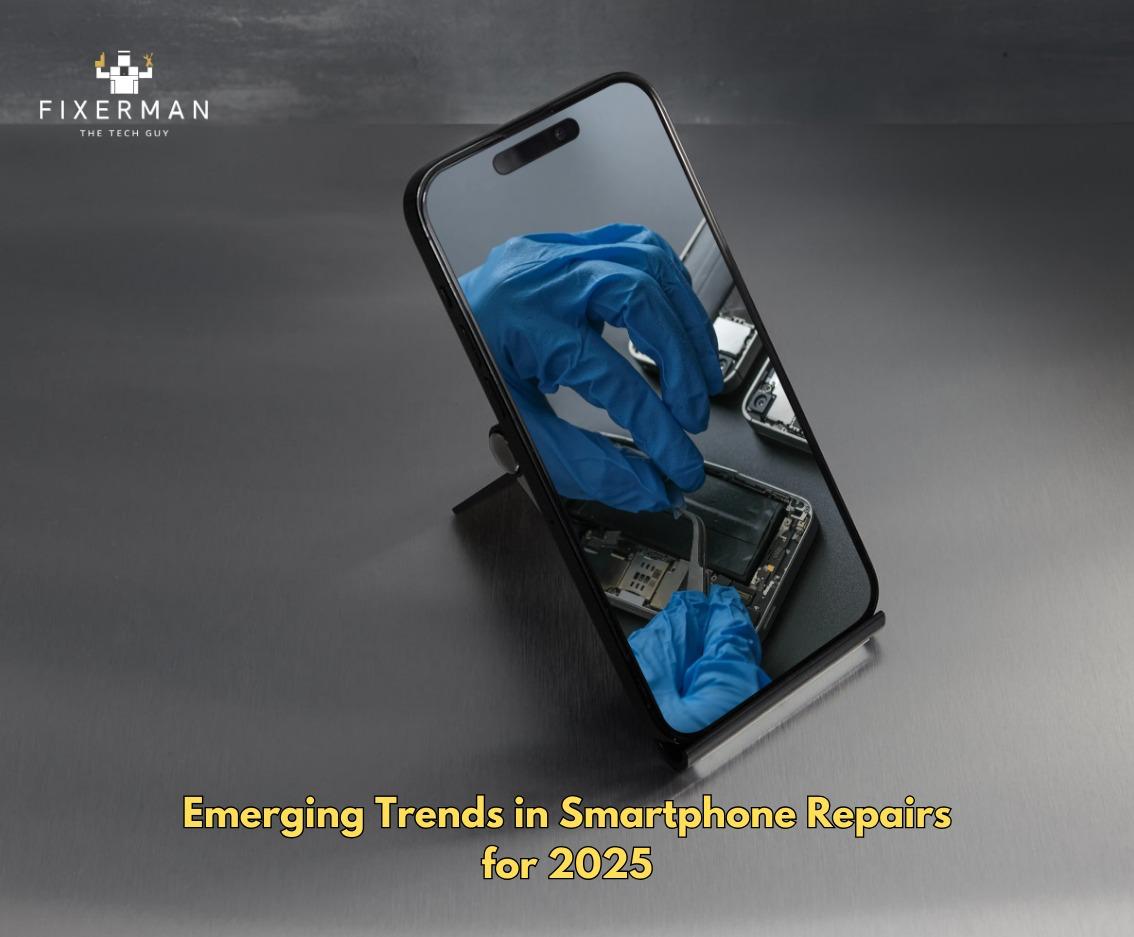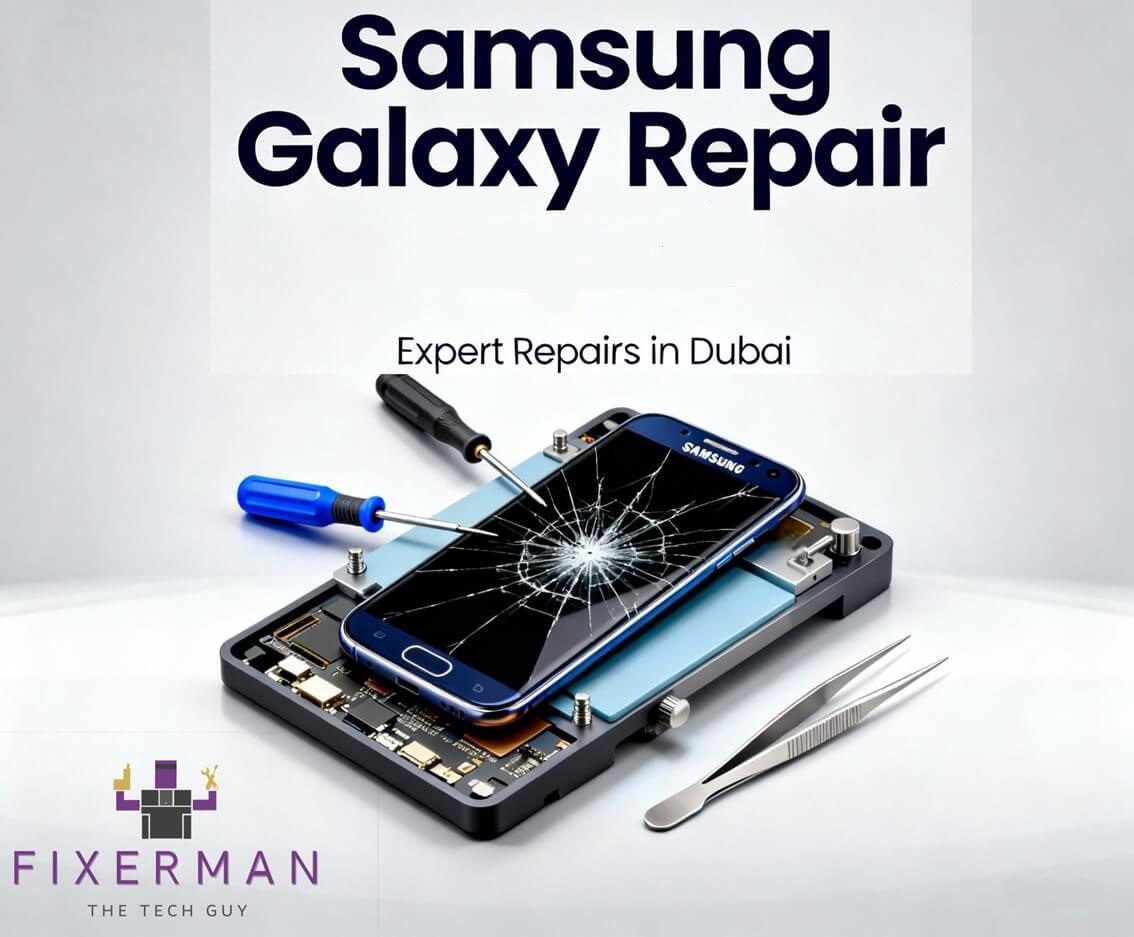The evolution of smartphones into devices functioning as communication, productivity, and entertainment tools drives their complexity. Therefore, it causes repair services to explode as a market. Defining significant changes in the smartphone repair market would be the robust growth by 2025 technocratically, sustainably, and via changing consumer behavior. Emerging trends will be outlined in the evolving future of smartphone repairs.
1- Modular Smartphone Designs
One of the most thrilling trends today in phone repairs is modular designs. Modular smart phones include Google Project Ara and Fairphone: a user can replace an individual component, such as a battery, camera, or screen, without specialized tools or expertise. Repairing becomes progressively less expensive and pushes sustainability by linking hardware life to lifetime device use through repairs. In the future of 2025, the great emergence of modular designs would empower consumers to do basic self-repairs while lessening the impact of electronic waste.
2- AI-Powered Diagnostic Tools
AI has been launched along with many other sectors, including repair of smartphones. These AI-enabled diagnostic tools detect hardware and software faults in a rapid manner with correct repair instructions for technicians. Starting from 2025, repair procedures will be integrated into artificial intelligence and conducted at reduced time diagnostics and less human error. For instance, self-diagnosing general problems with an AI-enhanced mobile app or booth without visiting a repair shop from time to time could be done by users.
3- Emphasis on Sustainability
Sustainability catalyzes change in the technology industry, even where smartphone repairs are concerned. With increasing awareness of environmental issues, both manufacturers and repair businesses incorporate greener practices in their work. More recycled materials will no doubt be used in repairs, refurbished components, or programs to reclaim devices before the end of 2025. Not only that, government-fostered policies mandating the spare parts availability and repair manuals may also be set towards encouraging repairability.
4- Right-to-Repair Movement Gains Momentum
A global movement is emerging in favor of the right to repair: that of allowing consumers to fix their devices. By 2025, laws would enable access to tools, parts, and software for repair to empower consumers even more, as well as independent repair shops. This would also challenge manufacturers to design their products to be easily repaired and the potential cost savings for repairs to an end-user.
5- Expansion of Remote Repair Services
Remote troubleshooting services are gaining more and more popularity. This allows technicians to sort software issues and even assist users remotely with basic hardware repair. This trend is expected to grow by 2025 with advancements in AR and VR that allow real-time visual overlays in guiding users on how to conduct repairs. It will, thus, make repairs more accessible, especially to users in remote or underserved areas.
6- Advanced Micro-Soldering Techniques
As these smartphones get smaller and more integrated, micro-soldering becomes an essential skill in repair. Advanced micro-soldering tools and techniques will have been adopted by technicians by 2025 for the repair of components such as chips and connectors previously considered beyond repair. This saves from expensive replacements and creates a greener repair ecosystem.
7- Subscription-Based Repair Services
In response to the increasing demand for repairs, several companies have instituted subscription-based repair services for their customers where, for a small subscription fee, they can incorporate regular, convenient maintenance and repairs. Such models will start mushrooming towards 2025 and will include quicker turnaround times, longer warranties, and cheaper repair prices to make the service valuable, not only to the consumer but also to the service provider.
8- 3D Printing for Spare Parts
3D Printing Changes the Face of Spare Parts Production. By 2025, it is expected to become a prominent technology used by repair shops for custom making or hard-to-find component production on-demand. Wait time, costs, and an avenue for the repair of old devices that can no longer repair are now much shorter due to 3-D printing.
Conclusion
The smart phone repairs companies are entering a very thrilling phase full of innovations, sustainability, and empowered consumers. Modular designs, AI-powered diagnostics, and open-everything external remote repair services will redefine the experience of phone repairs by 2025. The gradually developing features would greatly entertain the enhanced repairability of mobile phones in addition to building a greener, sustainable tech world.











